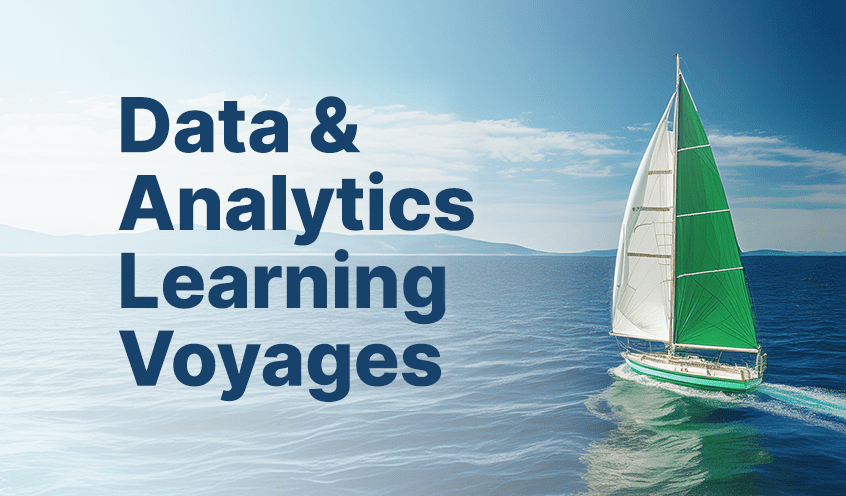In a previous article, we talked about the lost art of questioning and its importance when working with data and information to find actionable insights. In this article, we will expand on this topic and explain how questioning differs depending on what stage in the process you are from transforming data and information into insights.
Before we proceed, let’s revisit the difference between those three terms. Data is facts. It is the raw, untouched data that is captured. Information is data and facts that have been somehow transformed, for example, via aggregation or categorization. Typically, information is what is visualized and included in reports. An insight is derived from that information, usually through analytics. Insights should consider the context of the problem/question at hand, and then draw conclusions, which will lead to decisions and actions.

During the initial stage when you are looking at just raw data, there are situations in which that data is incorrect. For example, in 1492, Christopher Columbus sailed from Europe across the Atlantic Ocean to find an alternative route to Asia. But, Columbus relied on the erroneous calculations of several geographers from conflicting sources and eras to chart his route. In addition, Columbus did not convert Arabic miles used by one of the geographers to Roman miles, leading him to grossly underestimate the expanse separating the continents. This bad data led Columbus to land in the Americas and not Asia.
If the data and information is validated as accurate and is relevant to the problem/question you are trying to address, you will then move on to the next stage and try to come up with insights. During this stage, it is equally important – and many times more challenging – to apply healthy skepticism before believing the insights to be true and acting on them. There are many reasons why insights may be either inaccurate or irrelevant, but here are six of the most common ones:
Looking for trends where there may not be any
Looking at correlations when there are not any
Misunderstanding the results from an inferential statistic
Incorrect mental models
Looking at a symptom and not the root cause
Tunnel vision/lack of innovation
Everyone is susceptible to misinformation/disinformation and false insights, because we are all susceptible to cognitive self-bias, which causes us to think we have the right information and to think we have the right insights when, in fact, we do not. We all have emotions, and typically are dealing with information overload, combined with a lack of time and attention, leaving us unable to complete everything needed. These can lead us to avoid challenging our assumptions and mental models.

Want to know more about how to reach high-quality insights that drive impactful decisions and help your organization achieve success? Check out our Data Literacy Global Studies and Insights webpage and download a copy of the “Data Literacy: The Upskilling Evolution” report, which Qlik developed in partnership with The Future Labs.
In racing to solve a problem, don't forget to apply healthy skepticism & critical thinking to the #data you're evaluating. Is it accurate? Relevant? Make sure it is, or you could end up making poor decisions, per @Qlik's @KevinHanegan.
In this article:
Industry Viewpoints












































